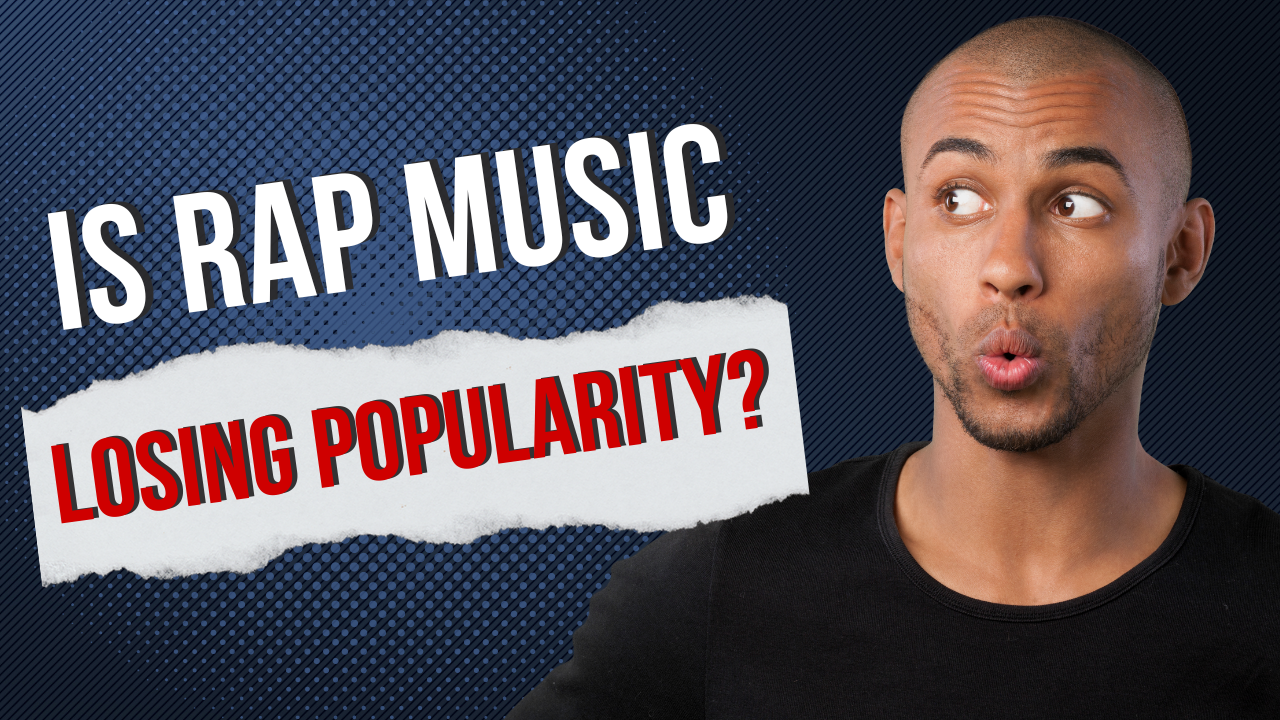The Rap Music Renaissance: Embracing Change and Evolution

In a historic turn of events, it took an astonishing 378 days for a rap song to reach the coveted #1 spot on the Billboard Hot 100. From the days of Nicki Minaj’s “Super Freaky Girl” to the recent triumph of Doja Cat’s “Paint The Town Red,” the metaphorical rain has finally fallen, and the long-standing #1 drought has been resolved. But why did it take so long?
Billboard has offered its own analysis, suggesting that the decline in hip-hop’s commercial dominance, with its market share dropping from 27.8% to 26% between 2022 and 2023, can be attributed to the rise in popularity of Latin and country genres. While this may be a contributing factor, it fails to fully explain the extended gap, considering rap’s consistent reign since 2018.
If there’s one thing that’s been consistent about rap music, it’s its inconsistency. This genre thrives on evolution, pushing boundaries, and challenging societal norms. However, this very characteristic has also hindered its progress and acceptance in certain circles.
Rap music has been embroiled in constant controversy, grappling with an unstable reputation since the 80s. It has often been associated with gang activity and violence, perpetuating negative stereotypes. Although significant efforts have been made to challenge these generalizations, incidents involving artists from the genre continue to cast a shadow. Takeoff, a member of the rap trio Migos, tragically lost his life in 2022 due to a dispute over a dice game outside a bowling alley. This incident, along with the deaths of artists like XXXTentacion, Pop Smoke, and King Von, all victims of gun violence and robberies, have further reinforced the negative perception of rap music.
Yet, violence alone is not the sole factor driving listeners away. The industry’s stagnation has played a pivotal role in the decline of rap’s popularity. Renowned artists such as Nicki Minaj, Cardi B, and A$AP Rocky have not released complete bodies of work in over five years. This lack of consistent releases has led to a decline in rap album sales by a staggering 40%, as highlighted by rapper and record producer Juicy J.
Even when artists have released music, critical acclaim has been elusive. Drake’s highly anticipated rap album, “For All The Dogs,” achieved commercial success upon its debut but received mixed reviews from both critics and users alike. Despite this, it is essential to acknowledge the remarkable rap releases witnessed this year, such as Doja Cat’s “Scarlet” and the collaborative effort “KAYTRAMINÉ” by Kaytranada and Aminé. While these albums helped break the 378-day streak, they failed to make a significant impact on diehard rap listeners.
It is undeniable that rap music is here to stay, but the current state of the genre is not sustainable. To reclaim and surpass the heights reached in 2018, rap artists must prioritize consistency in their releases. Simultaneously, listeners must challenge their preconceived notions that rap music is inherently violent and embrace the genre’s diverse and evolving nature.
With all the factors working against rap, there is a real possibility that the next drought may be even longer. However, by embracing change, encouraging growth, and celebrating the artistic evolution within rap, we can ensure that this genre continues to captivate audiences and shape the cultural landscape for years to come.


Add comment